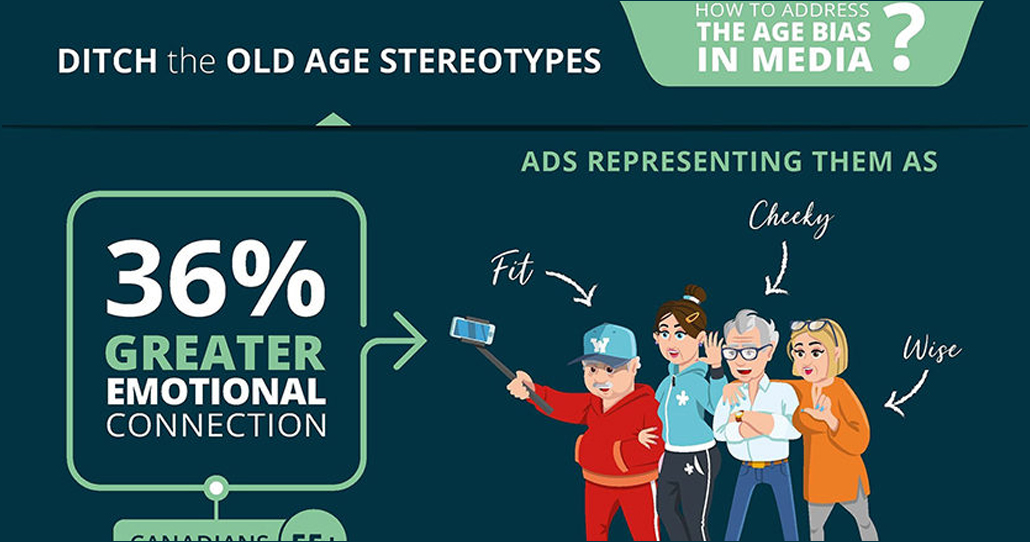Baby boomers, people born between 1946 and 1964, are the fastest growing demographic in Canada, outnumbering any other generation. They’re also one of the wealthiest, with an average net worth per household of $845,600 in 2016 according to the Financial Post, an 86% increase since 1999. However, despite their numbers and wealth, boomers are an often overlooked and misunderstood market.
A key example of this is the assumption that baby boomers are barely computer literate. They may not have grown up as digital natives like younger generations, however a 2019 Pew Research study found that 68% of baby boomers own a smartphone and 52% own a tablet. What’s more, a 2016 study found that about 62% of Canadian boomers read news online and 23% do so via their social media accounts.
So clearly, digital use among baby boomers has been on the up for a while. But then COVID-19 struck, which put their digital education on fast forward.
As people social distanced themselves and avoided crowded spaces, online grocery-delivery services became more popular; according to the National Retail
Federation. In fact, 45% say they’re shopping online more because of the pandemic. Meanwhile, subscription platforms such as Netflix are stepping in to entertain people during lockdown, and communication tools like FaceTime and Zoom are keeping us connected to family and friends. And this behaviour is expected to stay around even after the pandemic ends, as baby boomers are turned on to the convenience of online tools, or perhaps because they have to stay in social isolation longer than younger groups.
Now, is therefore an excellent moment to use online platforms to communicate with your 55+ audience.
What are the best channels to communicate with over 55s?
There are many ways to communicate with Canadians 55+, one of which is through email marketing. Other important channels to connect with baby boomers include social media (over half are on Facebook) and online videos (watched by 74% of this group).
How should you communicate with your 55+ audience?
According to Mintel’s Marketing to Baby Boomers Canada 2016 report, while 81% of baby boomers see themselves as responsible and 61% as compassionate, they believe younger generations see them as materialistic (45%) and entitled (37%). Therefore, recognizing the sacrifices they’ve made to get where they are and everything they’ve done for their families will help this group feel that you understand them.
Another way you can tailor your marketing to baby boomers is by highlighting how your products or services benefit them specifically, by showing how you can help make their lives better, easier, or healthier with what you offer. Meanwhile, putting your high-quality customer service front and centre in your communications is likely to strike a chord with this group, who expect high levels of customer service, more so than younger generations.
A final way to connect with your over-55 audience (and this shouldn’t need saying), don’t call them old! Similarly, words such as ‘senior’ or ‘elderly’ are likely to rub baby boomers up the wrong way. This generation are working longer, travelling more, staying active, and looking after their health, so you’re missing the mark if you insinuate their age holds them back.
It’s often assumed that baby boomers are sticklers for traditional media, refusing to relinquish the TV remote. This hasn’t been true for a while now and is even less so in light of the COVID-19 pandemic. This is excellent news for you as it means communicating with your 55+ audience is easier and cheaper. What tips do you have for communicating with baby boomers? Let us know in the comments.









